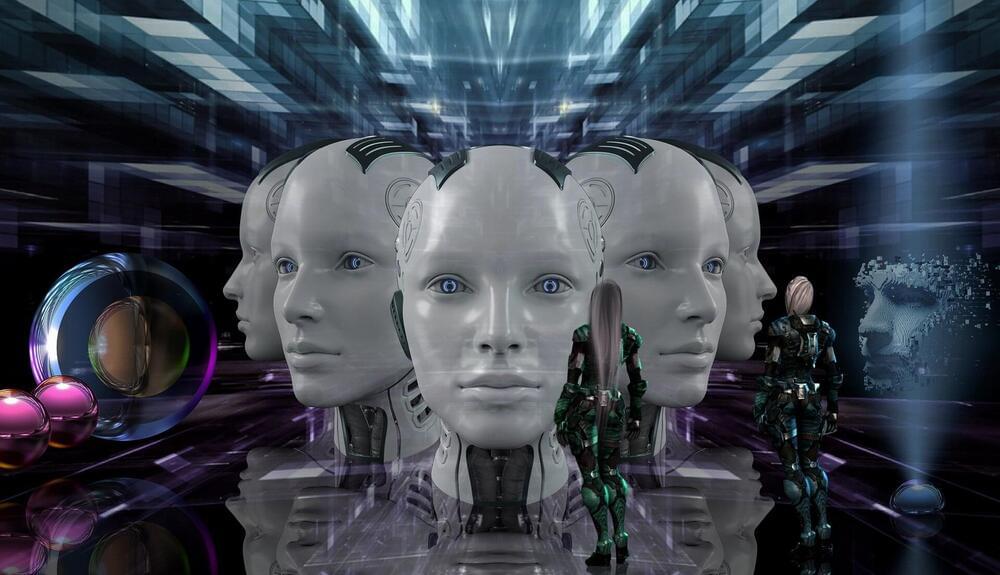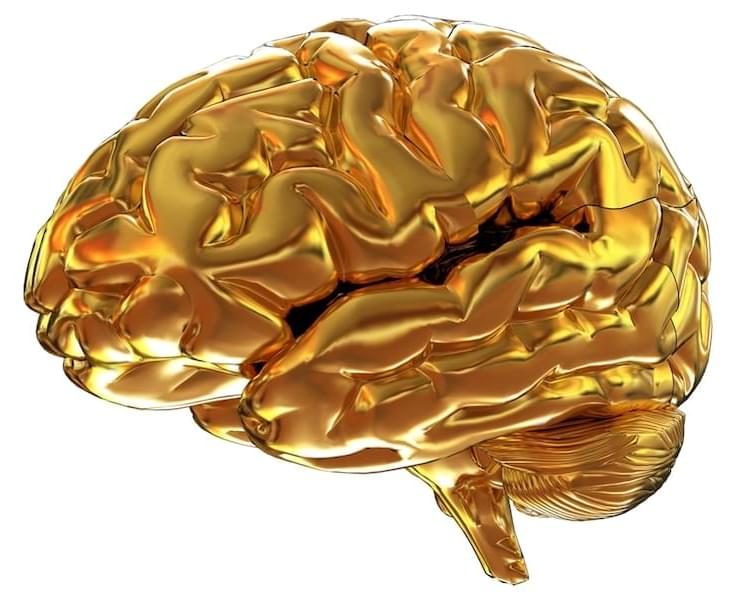Seen most recently in sci-fi shows like ‘Westworld’ and ‘Severance,’ the sinister substance also exists in the real world—where it may control us all.
Get the latest international news and world events from around the world.

53 years ago, NASA convinced Americans to go to the Moon — can they do it again?
“If we could solve the problems of poverty by not pushing the button to launch men to the Moon tomorrow, then we would not push that button.”
NASA is prepping to send humans back to the Moon as soon as 2026. But Americans remain deeply divided on whether the agency would be better using its money on other endeavors.

Supercomputing center dataset aims to accelerate AI research into optimizing high-performance computing systems
When the MIT Lincoln Laboratory Supercomputing Center (LLSC) unveiled its TX-GAIA supercomputer in 2019, it provided the MIT community a powerful new resource for applying artificial intelligence to their research. Anyone at MIT can submit a job to the system, which churns through trillions of operations per second to train models for diverse applications, such as spotting tumors in medical images, discovering new drugs, or modeling climate effects. But with this great power comes the great responsibility of managing and operating it in a sustainable manner—and the team is looking for ways to improve.
“We have these powerful computational tools that let researchers build intricate models to solve problems, but they can essentially be used as black boxes. What gets lost in there is whether we are actually using the hardware as effectively as we can,” says Siddharth Samsi, a research scientist in the LLSC.
To gain insight into this challenge, the LLSC has been collecting detailed data on TX-GAIA usage over the past year. More than a million user jobs later, the team has released the dataset open source to the computing community.

Software Turns Promise Up for Offshore Wind
A radical new idea for offshore wind turbines would replace tall unwieldy towers that had blades on top with lightweight, towerless machines whose blades resemble the loops of a whisk. Now new software can help optimize these unusual designs to help make them a reality, researchers say.
This new work comes as the U.S. government plans to boost offshore wind energy. In March, the White House announced a national goal to deploy 30 gigawatts of new offshore wind power by 2030. The federal government suggested this initiative could help power more than 10 million homes, support roughly 77,000 jobs, cut 78 million tonnes in carbon emissions, and spur US $12 billion in private investment per year. As part of this new plan, in June, the White House and eleven governors from along the East Coast launched a Federal-State Offshore Wind Implementation Partnership to further develop the offshore wind supply chain, including manufacturing facilities and port capabilities.
One reason offshore wind is attractive is the high demand for electricity on the coasts. People often live far away from where onshore wind is the strongest, and there is not enough space in cities for enough solar panels to power them, says Ryan Coe, a mechanical engineer in Sandia National Laboratories’ water-power group in Albuquerque.


Company’s 3D microchip gives mechanistic insights into human brain
Diseases such as Alzheimer’s and epilepsy will be easier to detect.
A 3D microchip made by a Swiss company will allow scientists to study the complexity of 3D cellular networks. This 3D chip will help to observe complex structures such as the human brain, according to a report published by Labiotech.eu.
Understanding how organs form and how their cells behave is essential to finding the causes and treatment for developmental disorders, as well as understanding certain diseases, said 3Brain.
A microchip that allows scientists to study the complexity of 3D cellular networks at unrivaled scale and precision has been added to 3Brain AG’s brain-on-chip portfolio.
In collaboration with Swiss precision manufacturing experts, CSEM, 3Brain AG made the announcement today (August 22).
The cell-electronic interface technology will also allow scientists to gain novel mechanistic insights into the inner workings of the most complex structure in the universe, the human brain.

E-Project
“These results will have future implications in forensic medicine and genetic diagnosis.”
In 1999, François Brunelle, a Canadian artist, and photographer, began documenting look-alikes in a picture series “I’m not a look-alike!”
The project, undoubtedly, was a massive hit on social media and other parts of the internet, but it also drew the attention of scientists who study genetic relationships.

How to watch NASA launch its mega moon rocket on Monday
NASA is about to perform the first-ever launch of its next-generation rocket and spacecraft in a highly anticipated lunar mission, and you can watch the entire event online.
The Artemis I mission, which is scheduled to launch from the Kennedy Space Center in Florida on Monday, August 29, will usher in a new era of space exploration as NASA eyes lengthy crewed stays on the moon and the first astronaut voyage to Mars.
Monday’s launch involves the 98-meter-tall Space Launch System (SLS), the most powerful rocket NASA has ever built, and the Orion spacecraft, the space agency’s next-generation crew capsule.

Fly Into The Heart Of The Cartwheel Galaxy In This Awesome Video
The stunning observation of the Cartwheel galaxy by JWST has revealed the exceptional ability that the latest space observatory has. The birthplace of new stars, the hot gas, and the activity of the supermassive black hole are all shining in this incredible photograph. But there’s more. Now you can sit back, relax, and fly towards that galaxy like a starship captain thanks to a video reconstruction that takes you from here to there.
It is located 500 million light-years away and you’ll start by passing a lot of nearby stars and the odd galaxy until the cartwheel galaxy and some near and far galaxies come into view and get closer and closer. The released image itself was incredible but seeing in the video how a little speck of darkness becomes a galaxy 145,000 light-years across is absolutely mind-blowing.
The Cartwheel is a galaxy merger. It underwent a bullseye-style collision with a smaller companion within the last one billion years, causing the spiral arms that would be expected for such a galaxy to disappear into two expanding circles. And the “spokes” are the galaxy slowly trying to reform its normal spiral shape. This is a process that will last for millions of years so we can continue to enjoy the incredible object for a long time yet.